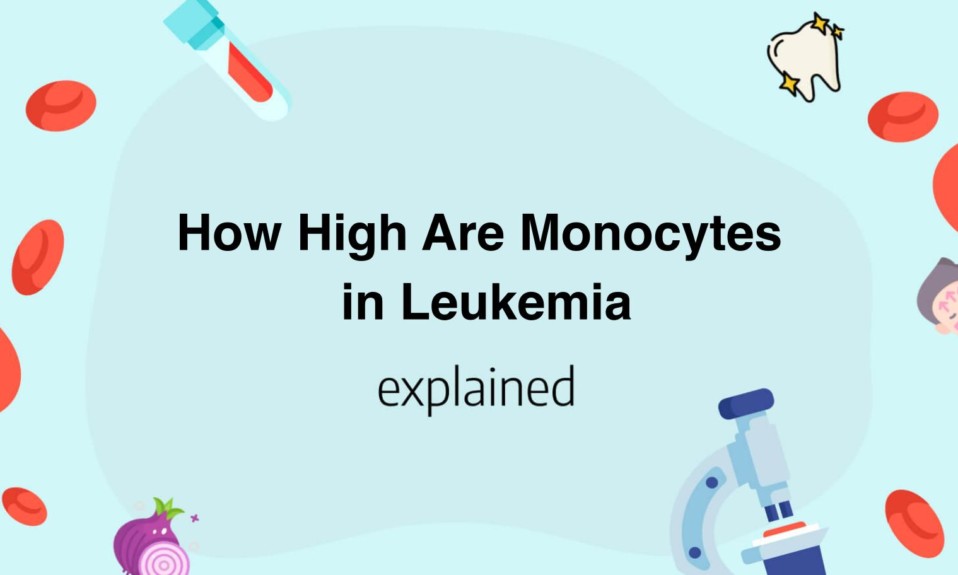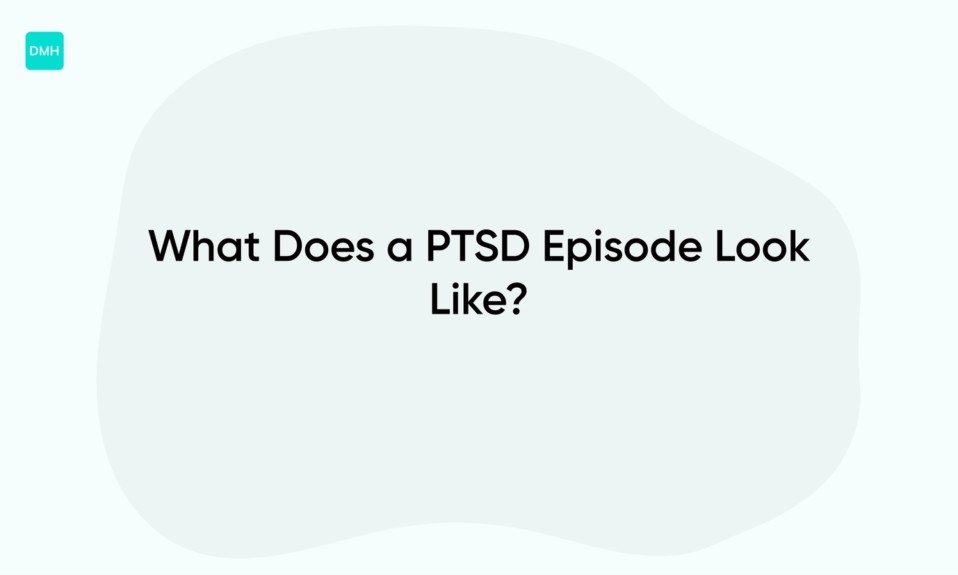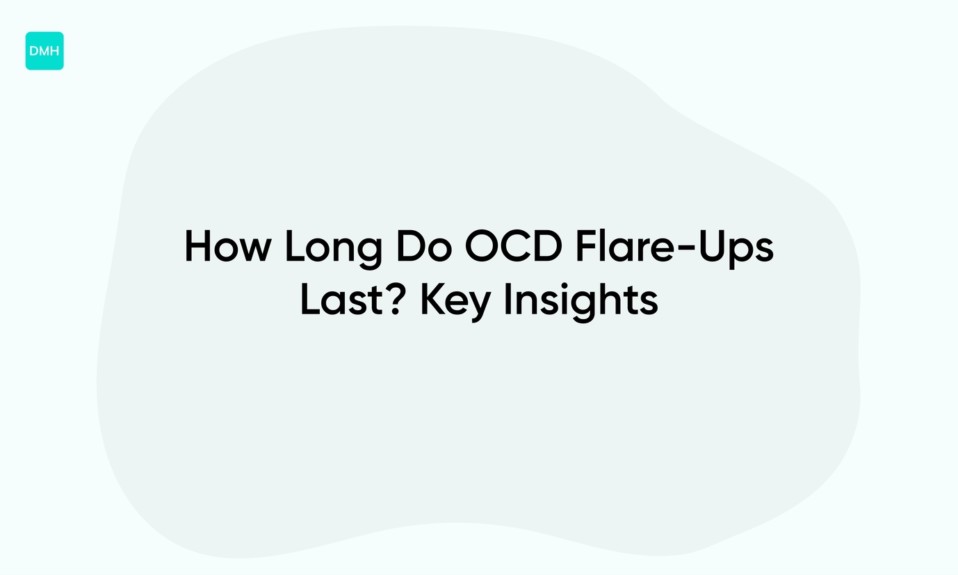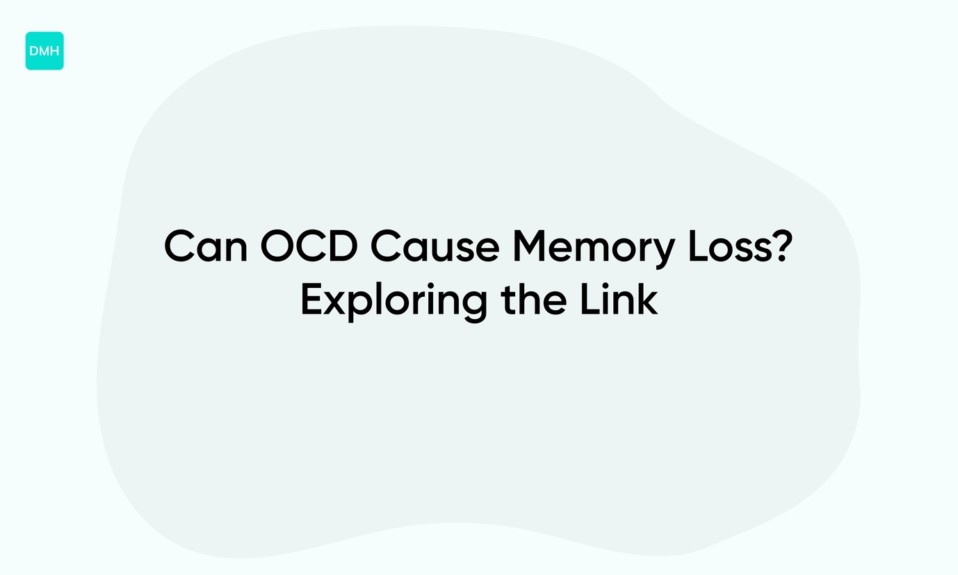If you or someone you love has been diagnosed with leukemia, understanding the significance of high monocyte levels is crucial.
Monocytes are a type of white blood cell that play a vital role in the immune system, but elevated levels can be a sign of leukemia.
In this article, we’ll explore what it means to have high monocytes in leukemia and how it can impact your treatment and prognosis.
Understanding Monocytes and Leukemia
Monocytes are a type of white blood cell that play an important role in the immune system, specifically in fighting infections and defending the body against foreign invaders.
Leukemia, on the other hand, is a type of cancer that affects the blood and bone marrow, where blood cells are formed.
One of the common characteristics of leukemia is the abnormal increase in the number of white blood cells, including monocytes.
This results in the impairment of the immune system, as the abnormal monocytes do not function properly and lose their ability to defend the body.
There are several types of leukemia: acute myeloid leukemia (AML), chronic myeloid leukemia (CML), acute lymphoblastic leukemia (ALL), and chronic lymphocytic leukemia (CLL).
In AML, there is a rapid growth of abnormal white blood cells, including monocytes, which eventually outnumber normal blood cells.
In CML, a specific gene mutation results in the overproduction of white blood cells, including monocytes.
ALL and CLL affect lymphoid cells, which are a type of immune cell that are responsible for producing antibodies.
Diagnosing leukemia involves: several tests such as blood tests, bone marrow biopsy, and imaging tests.
Treatment options for leukemia depend on the type and stage of leukemia.
For AML and ALL, treatment usually involves chemotherapy, stem cell transplantation or a combination of both.
CML is often treated with targeted therapy, which aims to inhibit the activity of the gene that causes the overproduction of abnormal white blood cells, including monocytes.
CLL can often be managed with observation and monitoring, but may also require chemotherapy
In conclusion, understanding monocytes and their role in leukemia is crucial in managing the condition.
Leukemia can cause an overproduction of abnormal monocytes that can significantly impair the immune system’s ability to fight infections.
Effective diagnosis and treatment require a thorough understanding of the disease’s nature and type.
Therefore, regular medical check-ups, especially as one ages, are essential for the early detection and successful management of leukemia.
Symptoms of High Monocytes in Leukemia
High monocyte count is often a sign of leukemia, a type of blood cancer that affects white blood cells.
Symptoms of high monocytes in leukemia may include fatigue, weakness, and frequent infections.
Patients may also experience flu-like symptoms such as fever, chills, and night sweats.
Enlarged lymph nodes and spleen are also common physical symptoms of leukemia.
In addition, some patients may notice small red spots on their skin, called petechiae, which are caused by bleeding under the skin.
In more advanced stages of leukemia, patients may also experience chest pain, shortness of breath, and pale skin.
It is important to note that some patients with high monocytes may not exhibit any symptoms, making regular blood tests an important part of monitoring their health.
When left untreated, leukemia can progress quickly and become life-threatening.
Early detection and treatment are essential for improving prognosis and increasing chances of survival.
Treatment options for leukemia often depend on the type and stage of the cancer.
Some common treatments include chemotherapy, radiation therapy, and stem cell transplantation.
In addition, lifestyle changes such as maintaining a healthy diet and exercising regularly can also benefit patients.
In order to prevent the development of high monocytes and leukemia, individuals can take steps to maintain a healthy immune system.
This includes getting vaccinated against infections such as the flu, avoiding contact with sick individuals, practicing good hygiene, and staying hydrated.
Regular exercise and a balanced diet that is rich in fruits, vegetables, and whole grains can also help support a strong immune system.
In conclusion, high monocytes in leukemia can present a range of symptoms, from fatigue and weakness to enlarged lymph nodes and petechiae.
Regular blood tests are important for detecting changes in monocyte count and catching leukemia early.
Treatment options depend on the type and stage of the cancer, but healthy lifestyle habits can also support immune system function and reduce risk of developing leukemia.
By staying aware of the signs and taking steps to protect overall health, individuals can lower their risk of developing high monocytes and leukemia.
Causes of Elevated Monocytes in Leukemia
Causes of Elevated Monocytes in Leukemia: Elevated monocytes are often a sign of leukemia.
This condition occurs when there is an overproduction of abnormal white blood cells in the bone marrow, leading to an increase in the number of monocytes in the blood.
There are several causes of elevated monocytes in leukemia.
One of the main causes is a genetic mutation that disrupts the normal process of cell division, leading to the formation of abnormal cells.
Another cause is exposure to radiation or certain chemicals that damage the DNA of the bone marrow cells.
These factors can cause leukemic cells to multiply rapidly, leading to an increase in the number of monocytes in the blood.
In addition to genetic mutations and environmental factors, there are other reasons why monocytes may be elevated in leukemia.
One potential cause is a weakened immune system.
When the immune system is not functioning properly, the body may struggle to fight off infections and diseases, leading to an increase in the number of white blood cells in the blood.
Another potential cause of elevated monocytes is chronic inflammation.
Certain conditions, such as autoimmune disorders, can cause inflammation in the body, leading to an increase in the production of white blood cells.
To diagnose leukemia, doctors will typically perform a complete blood count (CBC) and a bone marrow biopsy.
The CBC will show an increase in the number of white blood cells, including monocytes, while the bone marrow biopsy will allow doctors to examine the bone marrow cells and look for signs of abnormal growth.
Treatment options for leukemia vary depending on the type and stage of the disease, but may include chemotherapy, radiation therapy, and stem cell transplant.
It is important to note that early diagnosis and treatment are crucial for improving outcomes and overall survival rates.
In conclusion, elevated monocytes in leukemia can be caused by a variety of factors, including genetic mutations, environmental factors, weakened immune systems, and chronic inflammation.
Early detection and treatment are key to managing the disease and improving outcomes for patients.
Read also: How to Heal a Scratched Eye Naturally
Diagnosis of High Monocytes in Leukemia
High monocytes in leukemiacan be a sign of a medical condition.
The normal range of monocytes in the blood should be between 2%-8%.
If the level of monocytes is higher than that, it may be an indication of leukemia, a type of cancer that affects the blood and bone marrow.
The diagnosis process includes a complete blood count (CBC), which is a simple blood test that measures the levels of different types of blood cells.
An elevated monocyte count will be discovered by this test.
Once a high monocyte count has been discovered, further testing is required.
Bone marrow biopsy is a common procedure used to help diagnose leukemia.
During a biopsy, a small sample of bone marrow is removed to examine the cells for abnormalities.
If the results of the biopsy show that leukemia is present, treatment options will be discussed.
Treatment may include chemotherapy, radiation therapy, and bone marrow transplantation.
It is important to remember that a high monocyte count does not necessarily mean leukemia.
Other conditions such as infection, inflammation, or an autoimmune disease may cause this increase.
A virus such as the flu or HIV, for example, can cause an increase in monocytes as they help fight infections.
Inflammation and autoimmune diseases can also cause an increase in monocytes, as they help the body’s immune system respond to foreign invaders.
However, if an elevated monocyte count is observed during multiple CBCs, a consultation with a health professional is advisable.
It is important to note that early detection and treatment can significantly increase the chances of successful treatment for leukemia.
Maintaining a healthy lifestyle to improve immunity can also reduce the likelihood of contracting the disease.
Regular exercise, a well-balanced diet, and good sleep can all contribute to overall health and well-being.
Additionally, avoiding smoking, excessive drinking, and substance abuse can also help lower the risk of developing leukemia.
Read also: How to Heal Cavities Naturally
Treatment for Leukemia with High Monocytes
Leukemia with high monocytes is a condition where the number of monocytes in the blood increases significantly.
Monocytes are white blood cells that help fight infections, so when they increase, it can be a sign of infection or inflammation in the body.
Treatment for this type of leukemia typically involves a combination of chemotherapy, radiation therapy, or biological therapy.
Chemotherapy involves the use of drugs to kill cancer cells or stop them from growing, while radiation therapy uses high-energy X-rays to destroy cancer cells.
Biological therapy, also known as immunotherapy, works by stimulating the immune system to attack cancer cells.
One example of a drug used in chemotherapy for this type of leukemia is cytarabine.
Cytarabine is a type of chemotherapy drug that works by blocking the progression of cancer cells in the body.
It is usually administered intravenously, and the dosage depends on the person’s body weight and overall health.
Another drug used in chemotherapy is daunorubicin, which works by damaging the DNA in cancer cells, preventing them from replicating.
Radiation therapy is another option for treating leukemia with high monocytes.
One example of a type of radiation therapy used to treat leukemia is total body irradiation (TBI).
TBI is a type of radiation therapy that aims to destroy cancer cells throughout the body.
It is usually administered in combination with chemotherapy or bone marrow transplantation.
Biological therapy can also be used to treat leukemia with high monocytes.
One example of biological therapy is interferon.
Interferon is a protein that is naturally produced by the body in response to viral infections.
It can be used to treat certain types of leukemia by stimulating the immune system to attack cancer cells.
It is essential to work closely with a healthcare provider to develop the best treatment plan for leukemia with high monocytes.
The treatment plan will depend on factors such as the person’s age, overall health, and the severity of the condition.
With proper treatment and care, people with this type of leukemia can achieve remission and live a fulfilling life.
Read also:










